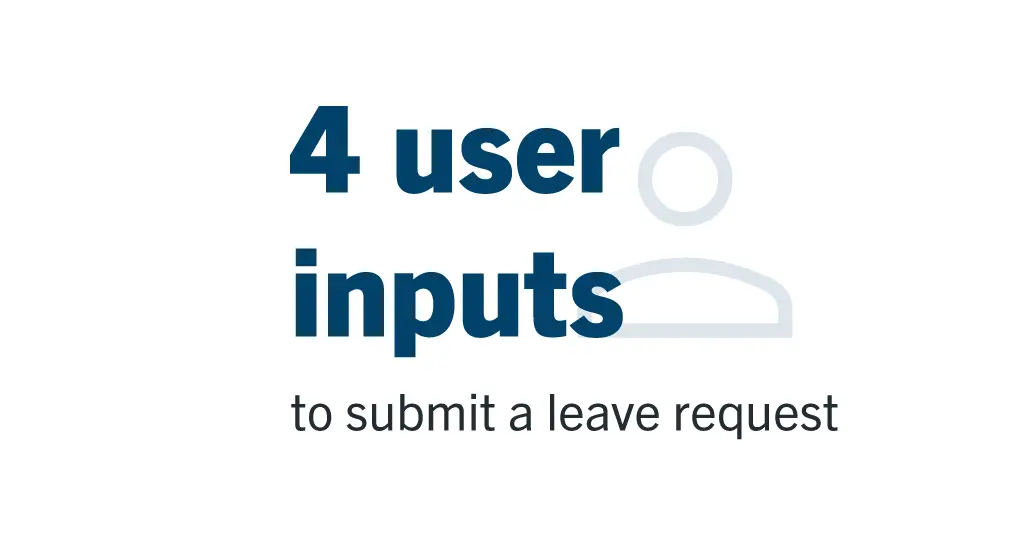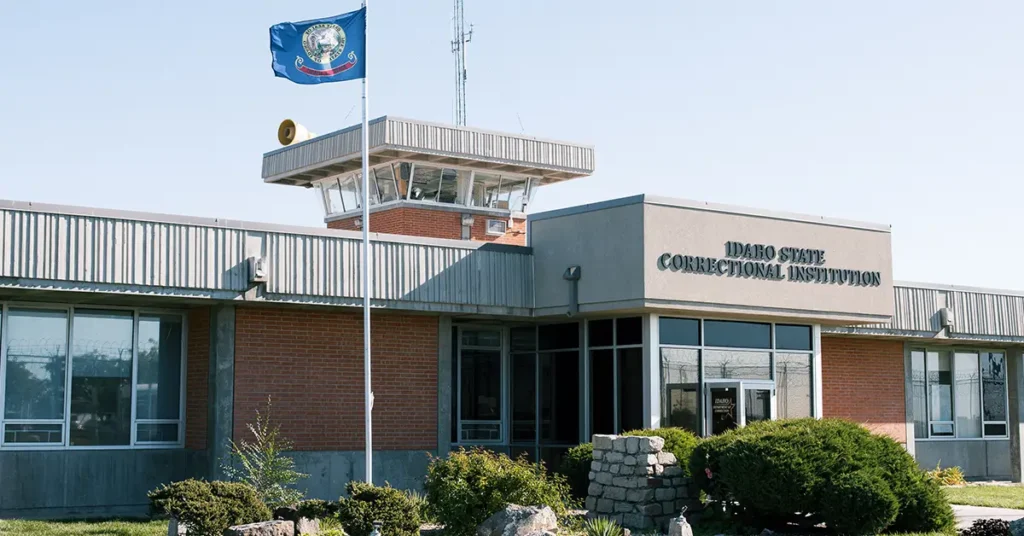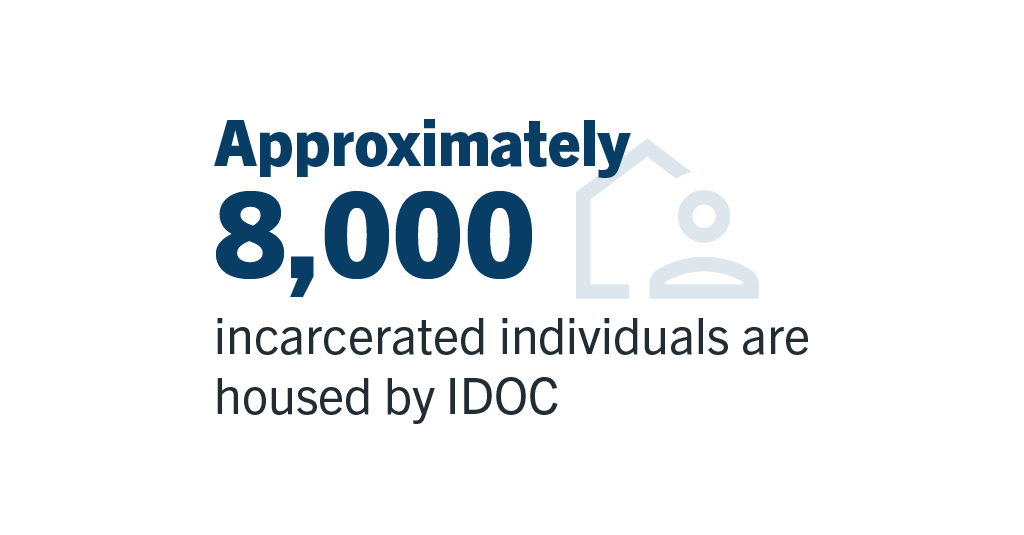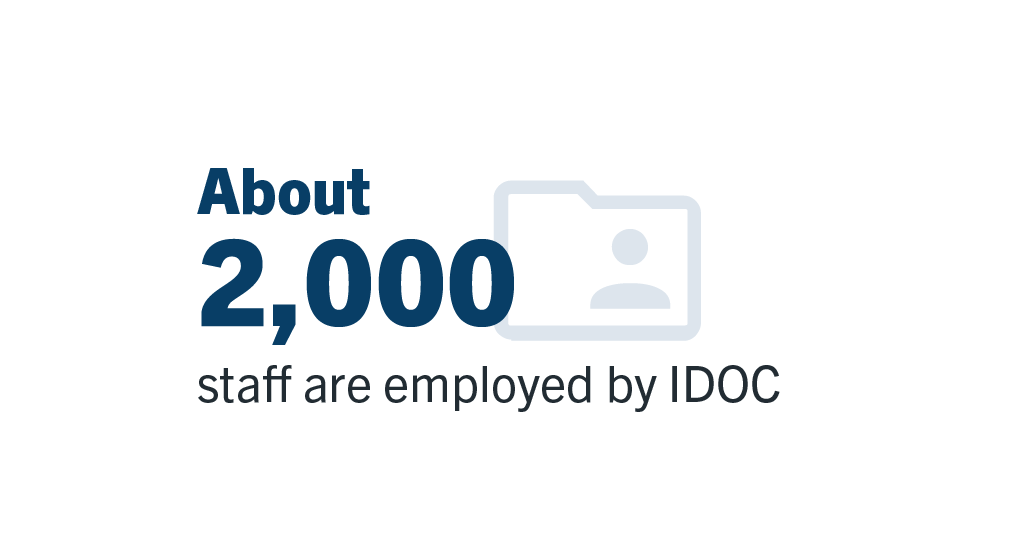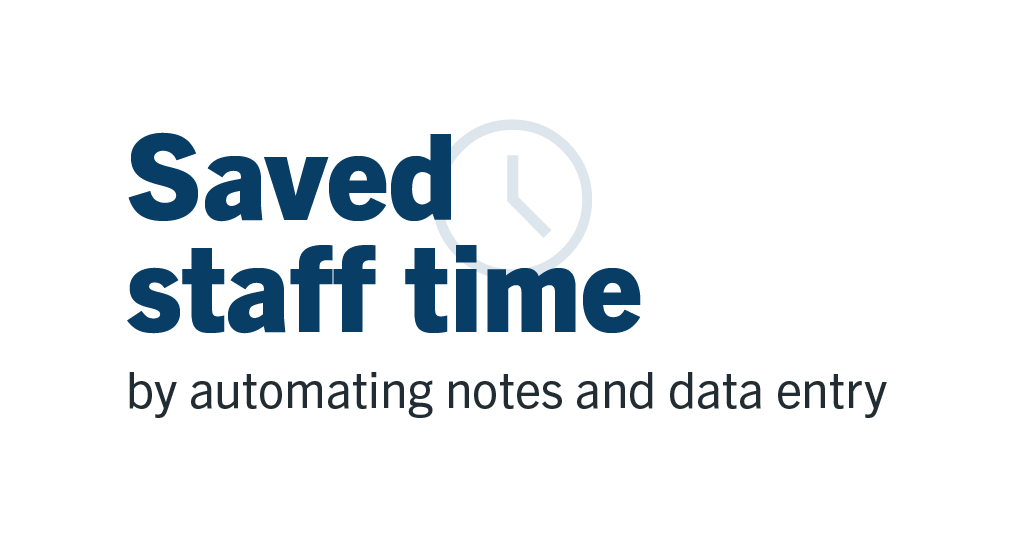New Zealand’s Hurunui District has a population of more than 13,000 spread across 864,640 hectares just north of Christchurch. Serving a largely rural area, the Hurunui District Council excels at developing a sense of community, partnership and well-being.
“Our services are extremely broad,” said Stewart Tayles, digital transformation and IT team leader at Hurunui and Kaikoura District Councils. “From dog registrations to consents, or running youth programming to providing social housing — we really do everything essential for our community.”
This wide-ranging scope requires a flexible technology infrastructure where systems can be integrated and adapted to the territory’s growing needs.
“Our CEO wants the council to be a 24/7 operation — we need to be engaged with the community and enable them to engage with us,” Tayles added. “We need forms. We need to make information available. We need to be able to provide access to these services when people need them.”
Replacing Legacy Document Management with Robust Content Services
The council initially procured Laserfiche to replace a legacy document management system (DMS) when the growing amount of information generated proved too much for the legacy system to efficiently handle, control and retain.
The Hurunui team worked with Ricoh New Zealand to find an ideal solution in Laserfiche, which would meet the council’s changing needs. Today, Laserfiche serves the council as a versatile, enterprise-wide solution. “Being New Zealand’s eighth-largest district by land size, we needed a system with the capability to connect our multiple offices,” said Scott Linton, IT and GIS manager for Hurunui District Council. “We were really impressed at how easy it was to implement Laserfiche and connect our main office with five satellite locations. It was up and running in no time.”
Building Consents Made Simple with Laserfiche Forms
Beyond basic document management, the district manages vital processes — including resource consents — using Laserfiche’s forms, integration and workflow capabilities, supporting the development and economic growth of the territory.
Building consent applications typically come in through Simpli, which provides a standard form for building control authorities — however, the council found the vetting of these submissions to be laborious and prone to human error. “Before we can process an application, we need to check that all the information is there, it’s valid and it’s suitable,” Tayles said. To address this manual review bottleneck, the team created a Building Consent Vetting Checklist in Laserfiche, which checks and validates the information before it’s officially submitted and reviewed by the district council. “It checks what we call the ‘Hurunui-isms,’ or the requirements that are very specific to our district.”
With 500-600 applications per year, the checklist process has solved a long-standing headache for the building department and simplified consent review.
On the back end, Laserfiche enables the council to keep records in a standardized way that is easy to navigate.
“Each property has its own folder that contains an average of 40-50 pages on the details,” Linton said. “We have tens of thousands of documents that need to be identified and placed with the correct property. We applied a Laserfiche template with metadata information such as the building type, number, property ID, evaluation number and address. Laserfiche Workflow then automatically identifies, filters and files the documents in their correct folders.”
Enhanced Contract Management with a Centralized Contract Register
Also an integral part of the council’s infrastructure responsibilities is its ability to work with contractors to provide various services such as road construction, maintenance, waste management or cleaning services. A recent audit uncovered the need for more robust processes surrounding these contract approvals and service procurement — another area that Tayles understood Laserfiche could help.
“We had a short time to implement a more robust, multi-step process,” Tayles said. “We sat down and said, ‘We can build this in Laserfiche Forms.’”
The council now has a Contract Register in Laserfiche, which helps to centralize and organize the many projects, subcontracts under those projects and associated documentation that the council must manage.
“Database lookups query the Laserfiche database directly to pick contract numbers and project numbers, so that we get a standardized naming format,” Tayles explained. “All those records automatically go into that contract or project folder, and we know they are correctly named and easily found later.”
The biggest benefit to the council has been the transparency of the process. “By recording the decision-making, we can show why we went with a particular supplier, and show stewardship of the funds we receive from the central government,” Tayles said. After the new Contract Register was implemented, the council received glowing feedback from the central government on the new process. “We went from one end of the spectrum to the other.”
Building Trust: Improving Accountability and Transparency
As part of its expansive range of services, Hurunui District Council prioritizes community engagement to build a strong community as well as ensure the mutual respect between government and constituents. Laserfiche’s ability to put information at the fingertips of those who need it provides a strong foundation on which to build that engagement.
“We have a policy where we must archive every email, so another big project we’ve done is create our email archive in Laserfiche,” Tayles said. This archive provides referenceable information for legal compliance, auditing and accountability, as well as historical record and disaster recovery. “Now, all emails go into Office 365, and we use Laserfiche Connector to archive them in Laserfiche.”
Tayles explained that Laserfiche was the right choice for the project not only for its archiving capabilities but also for its security tools. “Hurunui grows by 25,000 emails a week, and we are heavy on security,” he said. “We only want people to see their own emails. But we’re also subject to LGOIMA — the Local Government Official Information and Meetings Act — where people can request all the information about a subject, so we’re able to give some people delegated access to the whole repository for searches.”
Prior to using Laserfiche for the archive, the council was spending $50,000 per year on Mimecast, which they were able to retire and redirect funds toward additional security measures and other IT projects.
A Flexible Solution to Any Problem
Today, Hurunui District Council has over 220 active Laserfiche Forms, which span the organization’s full operations. “Forms are the backbone for multiple departments in the council,” Tayles said. “Other councils just can’t believe what we do with Laserfiche and how we make it work for our users. Laserfiche is an essential technology at Hurunui.”
In addition to the processes that are ubiquitous in the government space, niche operations that are more common for district councils — from toilet cleaning and mowing to youth programming — also benefit from Laserfiche. One such process that illustrates Laserfiche’s flexibility: connecting lost dogs to their owners.
“Because we manage the IT for [neighboring district council] Kaikoura, we built a solution to help them with lost dogs,” Tayles said. “They can get a call any time during the day or night about a dog, so they’ve implemented a solution called Doggone. Owners can consent to being texted so that they can be reunited with their dog quicker. Naturally, we had to get all the owner information into that system, but we also had to track whether people had given consent, because we are sharing contact information with a third party — there is a Laserfiche form for that.”
Tayles and his team also used the Laserfiche API to connect Doggone to Kairkoura’s ERP system that houses the owner information. “We’re using Laserfiche workflow to get the owner information from the ERP and push it to Doggone,” Tayles said. “It also handles any requests for changes in the database, so that as dogs move or change owners, all systems remain up to date.”
As Hurunui District Council works toward the CEO’s vision for 24/7 service, Laserfiche remains a core technology that will support its growing and changing needs.
“What I enjoy about Laserfiche the most is the creative flexibility it gives,” Tayles added. “It gives me a lot of different tools to solve problems. There’s nothing prescribed about it — we can build our forms how we want, and we can set the metadata up the way we need it. There really hasn’t been a problem that I haven’t been able to solve using Laserfiche.”

